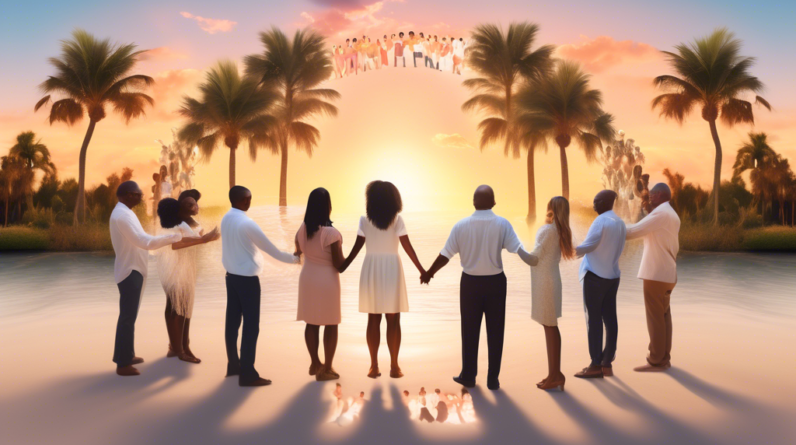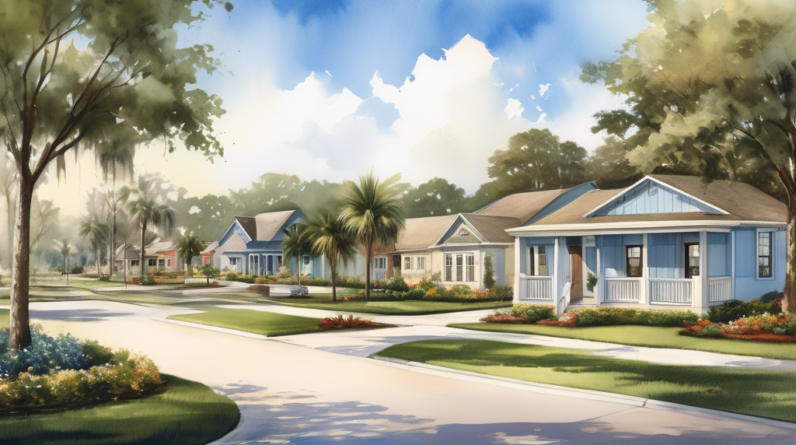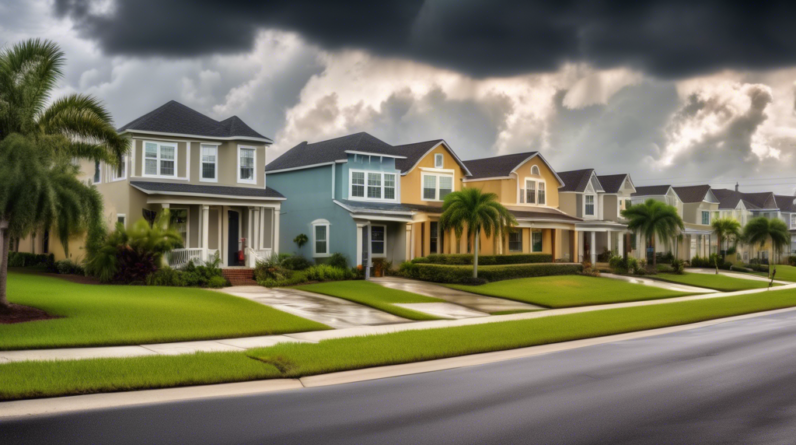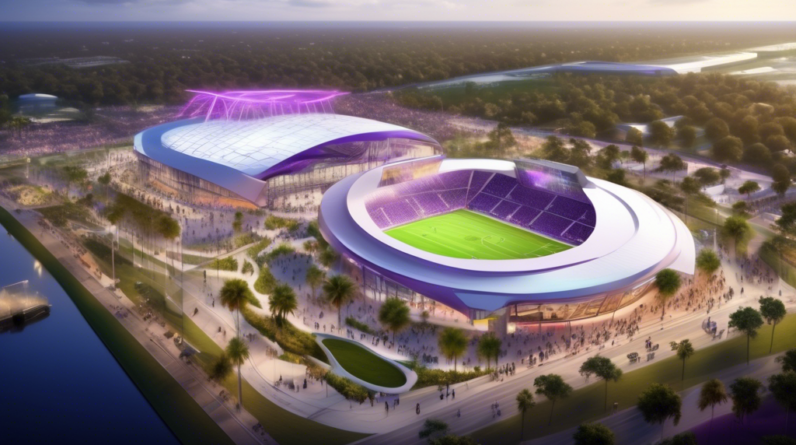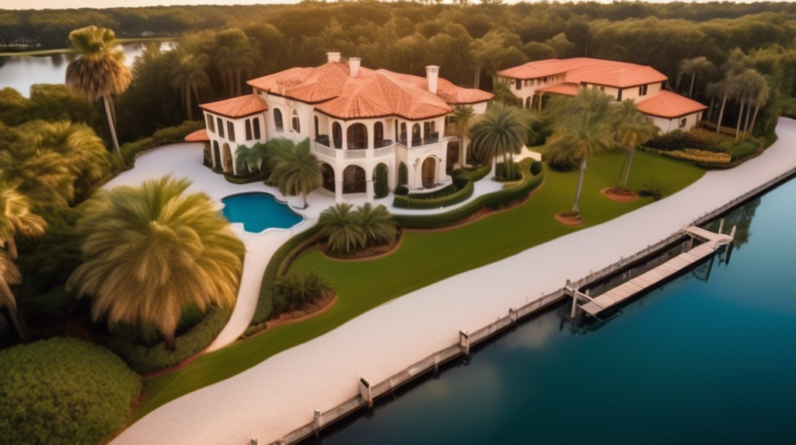Continued Construction in High-Risk Areas
Despite the relentless threat posed by hurricanes, Florida remains steadfast in its commitment to building new properties in high-risk flood zones. Since 2019, a staggering 77,000 new properties have emerged in these vulnerable areas, showcasing Florida’s status as the leading state in the nation for such developments. This trend raises questions about the long-term viability and safety of these projects in the face of increasing natural disasters.
Specific Examples
A prime example of this ongoing construction is La Linda Estates, currently under development in a high-risk flood zone located on a barrier island. Strikingly, this area lies near where the formidable Hurricane Milton made its landfall, underscoring the ever-present threat these constructions face from the fury of Mother Nature.
Impact of Hurricanes on Insurance
The frequent occurrence of hurricanes, with four major storms devastating the region in the past four years, has resulted in a significant impact on the insurance sector. Homeowners in these high-risk zones face escalating insurance premiums as insurers, wary of the mounting risks, reconsider their coverage policies. Some insurers have begun to withdraw their coverage entirely, exacerbating the worries for residents, notably those residing in close proximity to water bodies.
Real Estate Market Trends
Interestingly, in the midst of these challenges, South Florida’s luxury-home market continues to attract affluent buyers. There is a noticeable increase in home sales and property prices in the region’s most elite locales, showing growth in the third quarter when compared to the corresponding period from the previous year. This trend highlights the enduring allure of Florida’s prime real estate market despite the looming natural threats.
Post-Storm Rebuilding
Following the destructive passage of Hurricanes Helene and Milton, industry analysts anticipate that many affected homeowners will opt to rebuild rather than uproot themselves from their communities. This choice underscores the resilience and determination of Floridians to continue living in their cherished locales, hoping for a brighter, safer future.
Community Support
In response to the housing crisis exacerbated by the hurricanes, Airbnb.org, the nonprofit branch of Airbnb, has stepped forward to offer vital support. They have successfully provided temporary shelter to over 1,500 individuals who were displaced due to significant damage to their homes as of October 17, reflecting the community’s ability to band together and provide assistance when it is needed most.
Economic and Real Estate Consequences
The broader ramifications of this real estate crisis are becoming evident, with the real estate market seeing a notable slump. Fort Lauderdale, for instance, experienced a 14% drop in condo sales during the third quarter, resulting in a total of only 386 sales in that timeframe. This decline highlights challenges and volatility in the real estate sector, particularly in areas prone to the wrath of nature’s disruptions.
Development and Investment
Despite these hurdles, companies such as Benderson Development continue to exhibit confidence in Florida’s potential. They have made substantial investments, with recent property acquisitions amounting to approximately $140 million and the addition of 650,000 square feet of commercial space. This development indicates a sustained belief in the growth and economic prospects of the region, irrespective of the climate challenges.
In conclusion, Florida’s determination to continue building in high-risk areas presents a complex tapestry of resilience, risk-taking, and community support, set against a backdrop of natural unpredictability. While insurers and market trends fluctuate, the spirit of development and investment in the Sunshine State remains unbowed, promising a future ripe with both challenges and opportunities.



